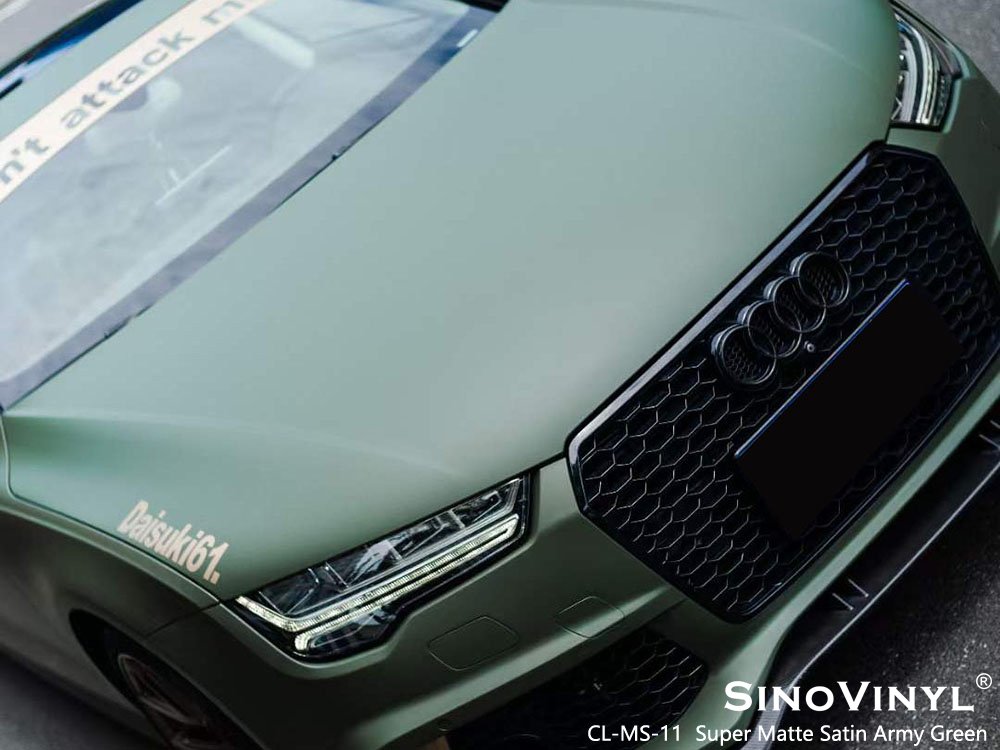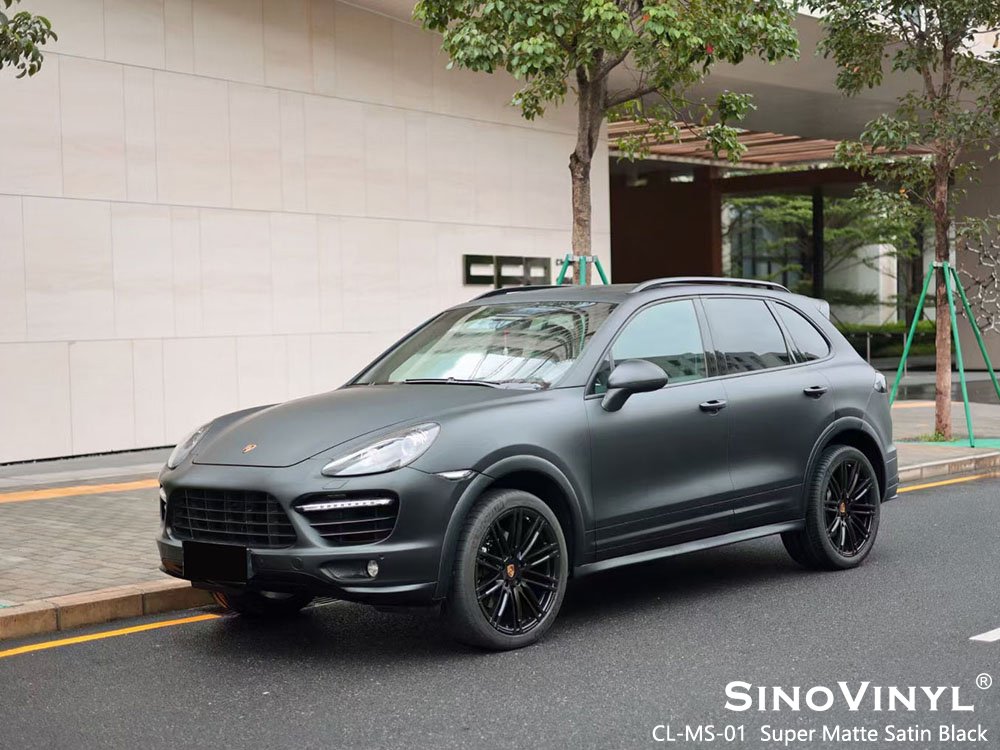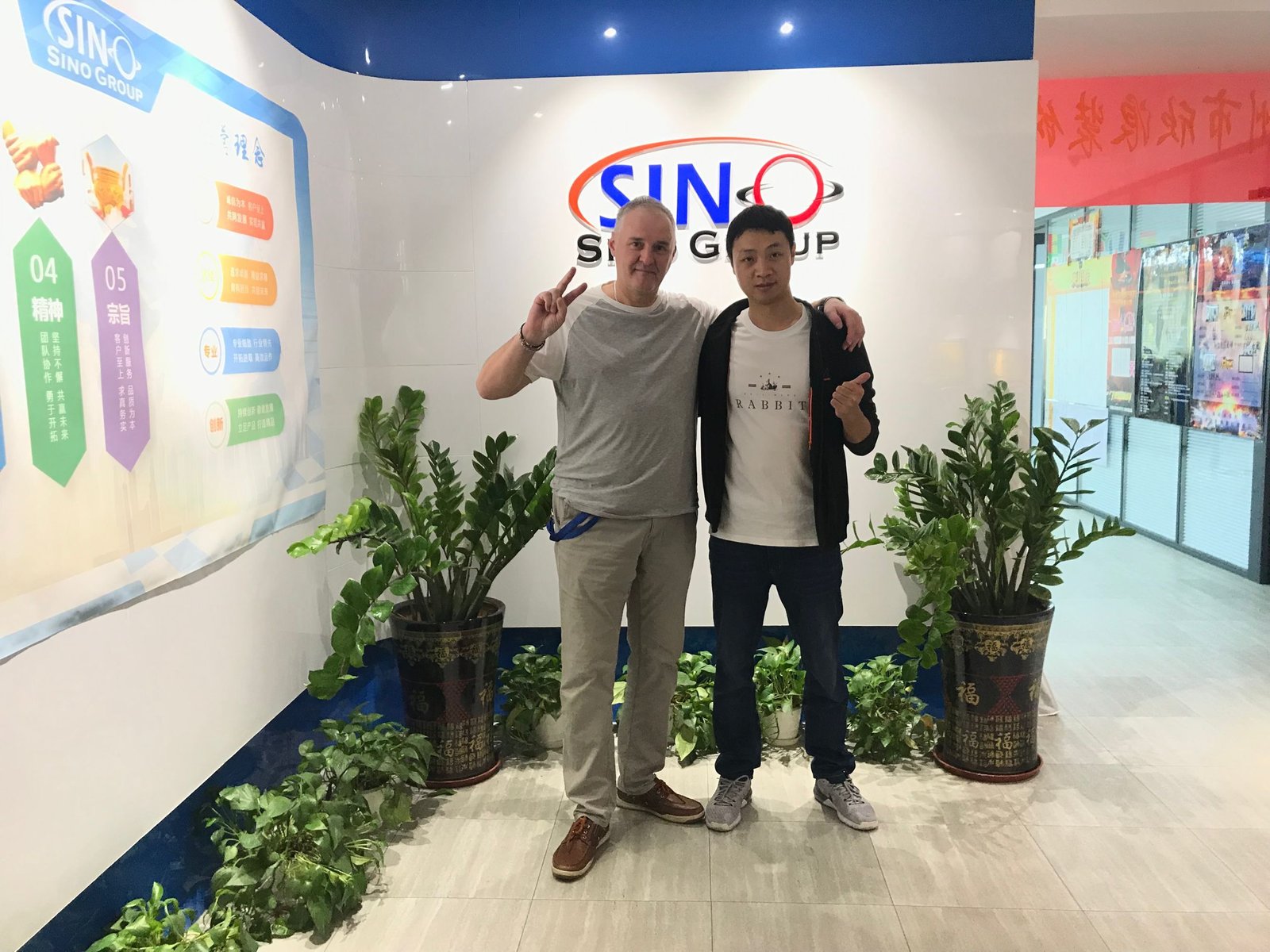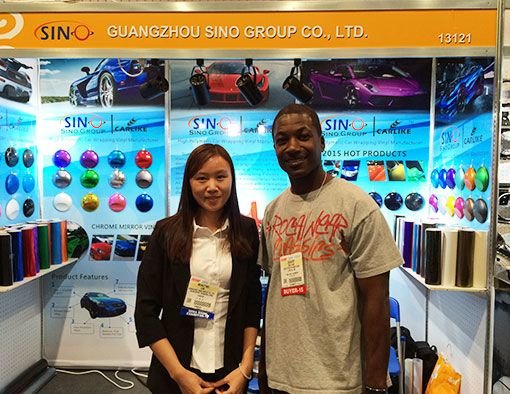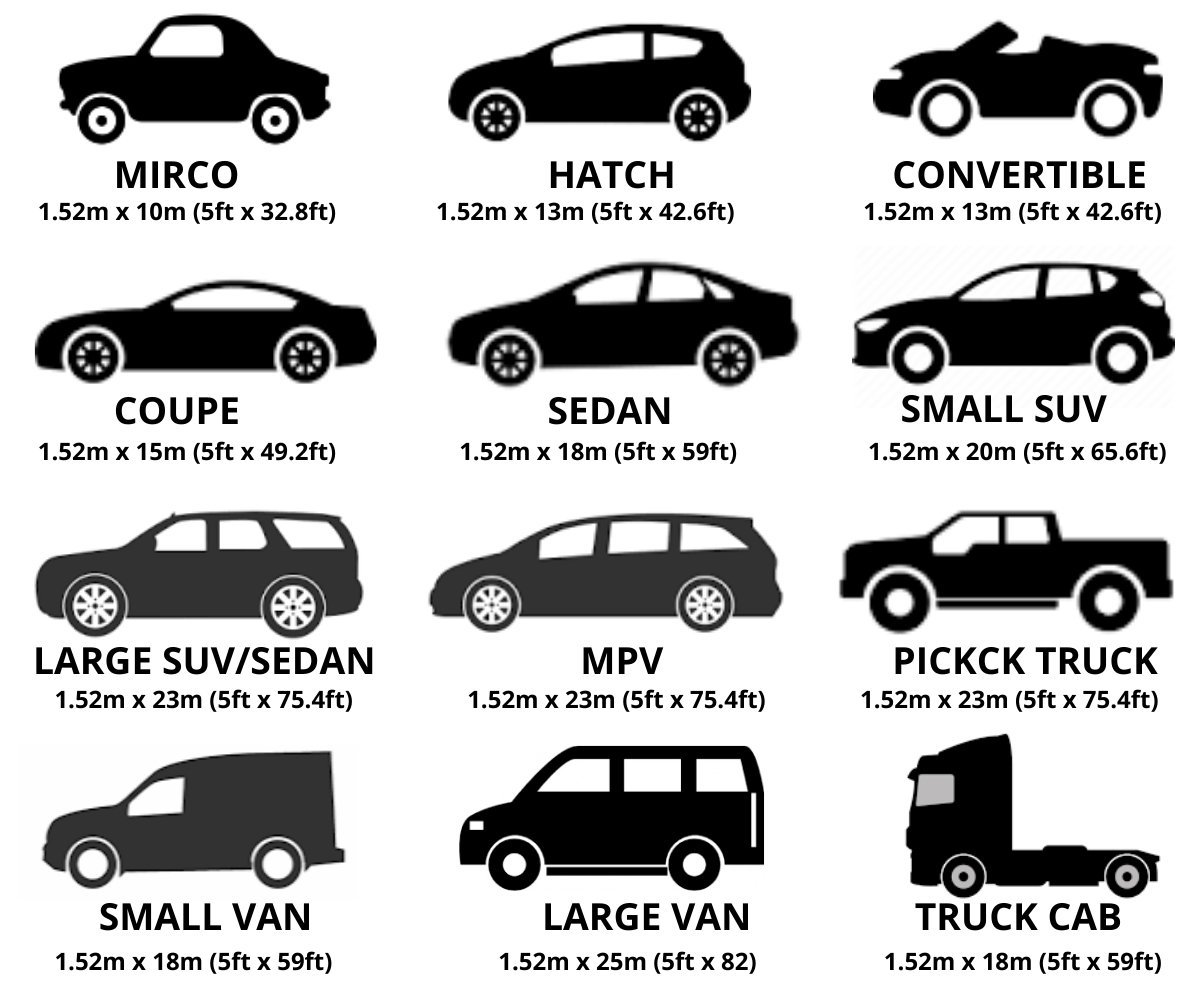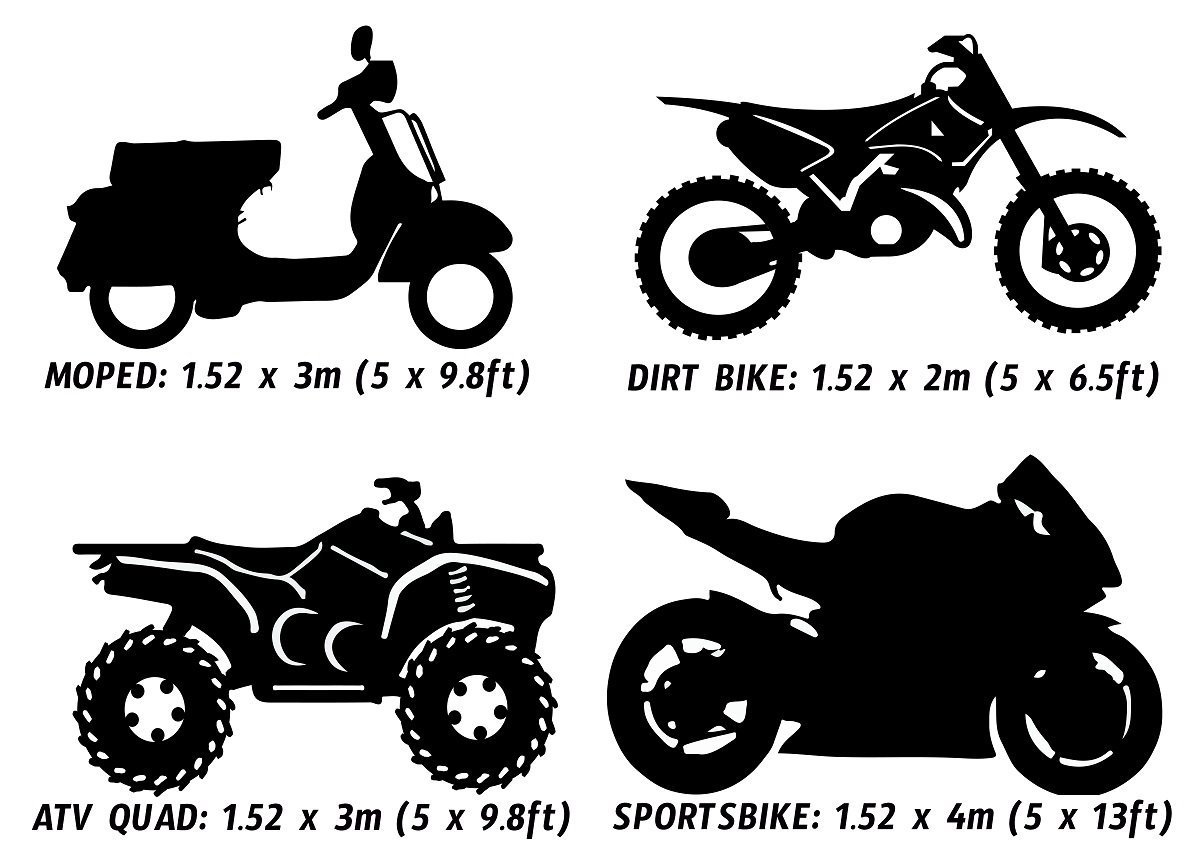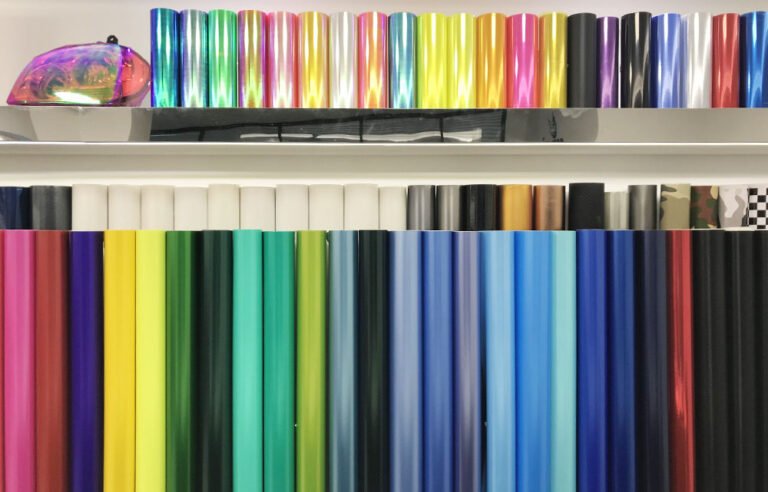In the dynamic world of automotive customization, the pricing of car vinyl wraps plays a pivotal role in consumer choices. This article delves into the various factors that influence the pricing of vinyl wraps, from material costs to market competition, and how these elements shape the consumption patterns in the industry.
1. Cost Structure of Vinyl Wrap Materials
Raw Materials
Vinyl sheets: The base material used for vinyl wraps, varying in quality and durability.
– Adhesive: The bonding agent used to adhere the vinyl to the car’s surface.
– Protective coatings: Additional layers applied for UV protection, scratch resistance, etc.
Production Costs
– Manufacturing processes: Costs associated with cutting, printing, and shaping the vinyl wraps.
– Quality control: Ensuring the wraps meet industry standards and specifications.
Distribution Costs
– Shipping and logistics: Costs related to transporting the vinyl wraps from manufacturers to distributors and retailers.
– Storage: Costs of warehousing and inventory management.
Installation Costs
– Labor: Charges for professional installation services.
– Tools and equipment: Costs for specialized tools required for installation.
2. Market Competition and Promotional Activities Affecting Pricing
Competitive Landscape
– Number of competitors: More competitors can lead to price competition.
– Market share: Larger companies may have economies of scale, affecting pricing.
Promotional Activities
– Discounts and rebates: Temporary price reductions to stimulate sales.
– Bundle offers: Combining vinyl wraps with other products or services at a discounted price.
– Seasonal promotions: Special pricing during holidays or peak seasons.
Brand Positioning
– Premium brands: Higher pricing due to brand reputation and perceived value.
– Economy brands: Lower pricing targeting budget-conscious consumers.
Consumer Demand
– Price elasticity: How sensitive consumers are to price changes.
– Market trends: Popular colors, patterns, or styles affecting demand and pricing.
